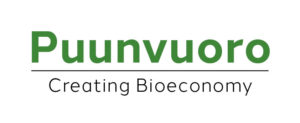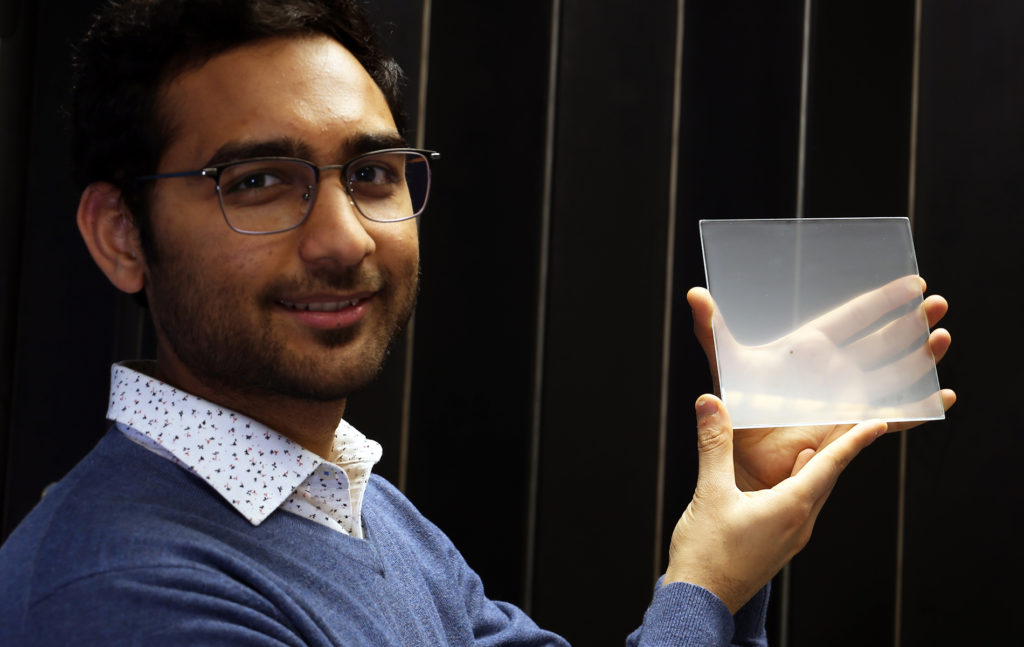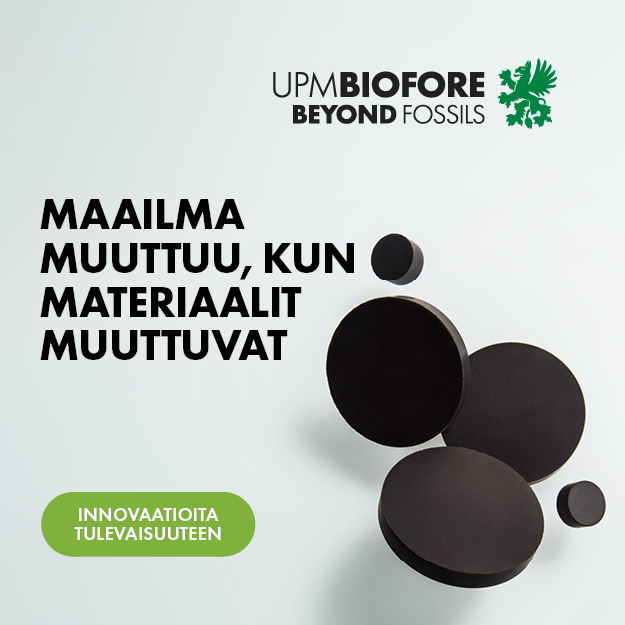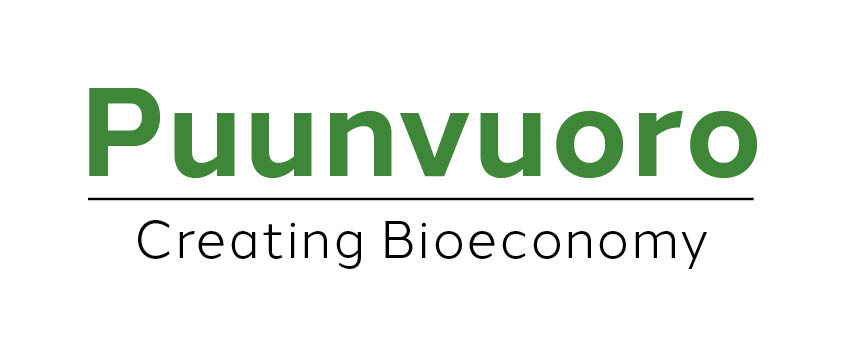VTT Technical Research Centre of Finland is developing a weather-adaptive window film that enables passive cooling and heating in buildings while saving energy. The CoolCellulose project began in January 2022 and is still ongoing.
“There are many studies about passive cooling materials as well as cellulose-based cooling materials. However, our technology is taking the development a step further,” says Aayush Jaiswal, Research Scientist and Project Manager from VTT.
A material that adapts to weather
In the CoolCellulose project, the solution relies on renewable plant-based nanocellulose that can be used as a film or a coating. The film uses nanocellulose and has thermochromic particles that cause the material to adapt automatically to the weather, helping both cool the building down in summer and heat it up in winter.
“We have developed weather-adaptive passive cooling materials by using cellulose nanomaterial, also known as nanocellulose. The ability to adapt is a natural feature of the material, triggered by a change in temperature. Therefore, our cooling film and coating work to reflect heat in hot weather and to absorb heat in cold weather. The temperature in which the heating is switched to cooling can be fully controlled in the production process. This operational model saves energy around the year, unlike solutions focused solely on cooling.”
Strong potential for passive cooling
CoolCellulose is not meant to replace active cooling or heating systems but to compliment existing systems and reduce electricity consumption.
The film created with the technology can be used in coated windows in buildings and cars, for example.
“We have only begun our commercialisation efforts, so we don’t have a product in the market, but we’re aiming to cooperate with some glass companies and hope that we can expand this in the coming years,” says Aayush Jaiswal.
CoolCellulose-project
Challenge: How to create cellulose films that can cool passively by means of thermal radiation?
Solution: VTT is developing a passive cooling solution to mitigate climate change. CoolCellulose is an energy-saving window film that adapts to weather, enabling the passive cooling and heating of buildings. The solution relies on renewable plant-based nanocellulose that can be used as a film or a coating.




